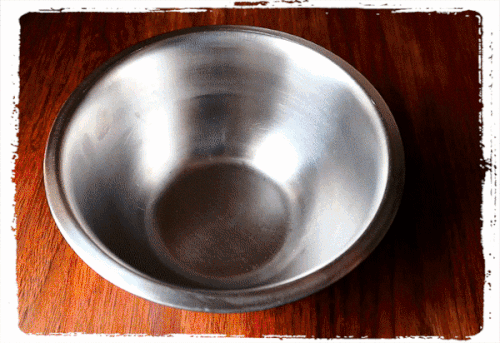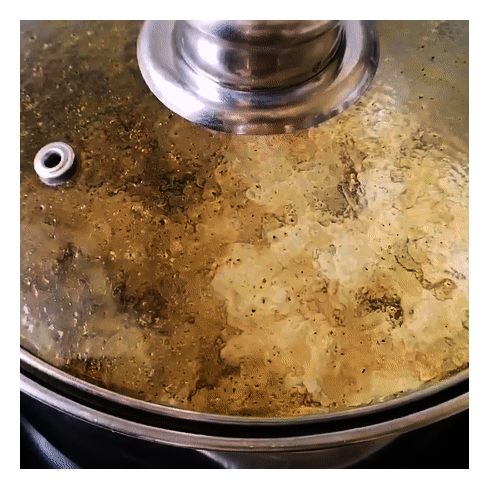What is a traditional diet?
At Movementum we are passionate about food and it plays a central role in our daily lives. We loosely follow the traditional model of eating, based on Weston A. Price's work, Sally Fallon's book 'Nourishing Traditions' and the Hemsley sisters' book 'The Art of Eating Well'.
Our meals are based on natural ingredients, including quality meat, fish, dairy, seasonal veg, and we use traditional techniques for making cultured and fermented food. For a brief, general overview of the differences between the traditional and modern diets please see the list at the bottom of the page.
Modern diets are radically different from what our forebears would recognise - food eaten out of season, sprayed with a myriad of chemicals, pesticides and fertilisers and then refined and processed.















The Royal Society for Public Health has called for the introduction of ‘activity equivalent’ calorie labelling and have suggested packaging containing information on how much physical activity it takes to burn off the calories. Many of the public health interventions are focused on the individual taking full responsibility for their health, however it must be noted that the environment around us has a huge impact on the decisions we make.